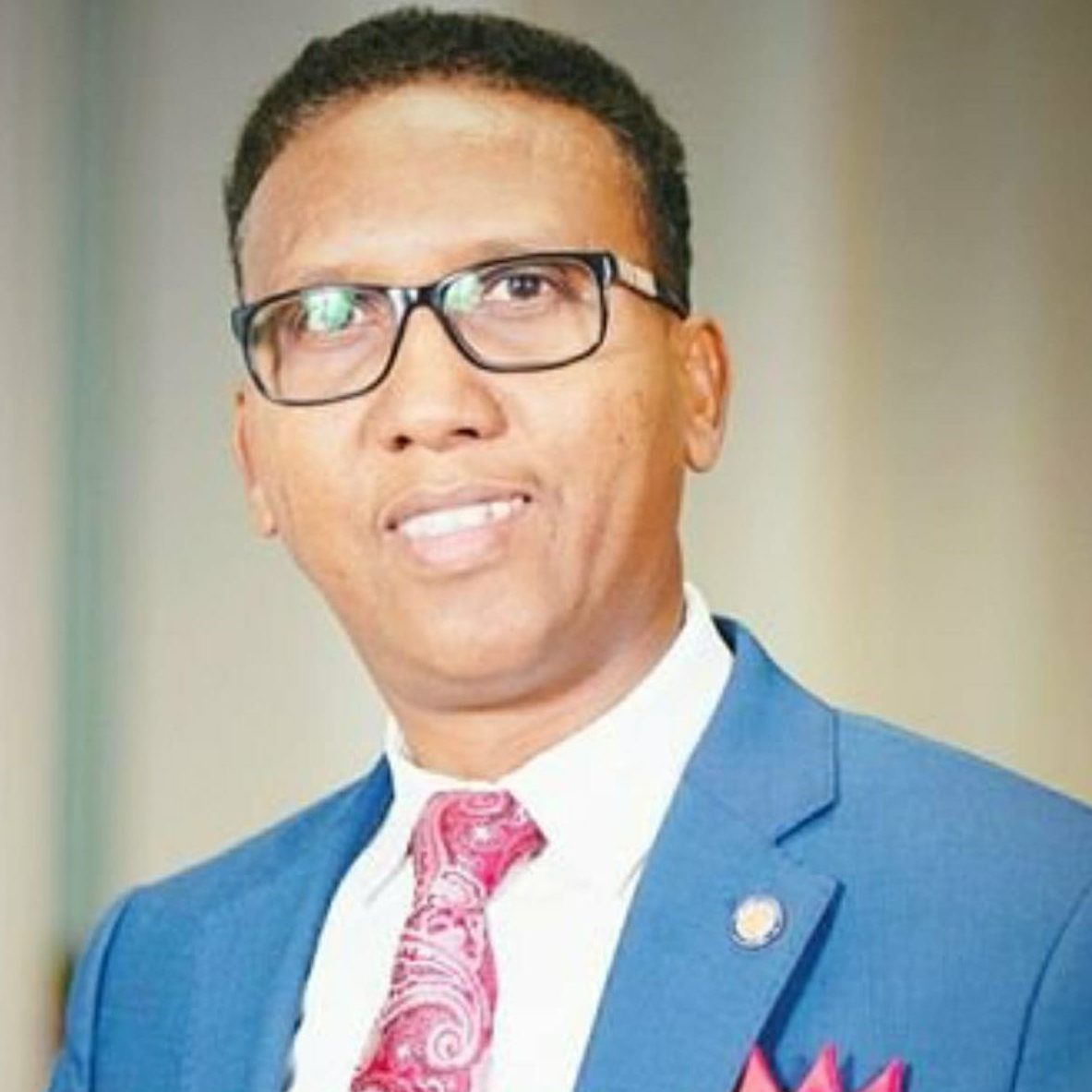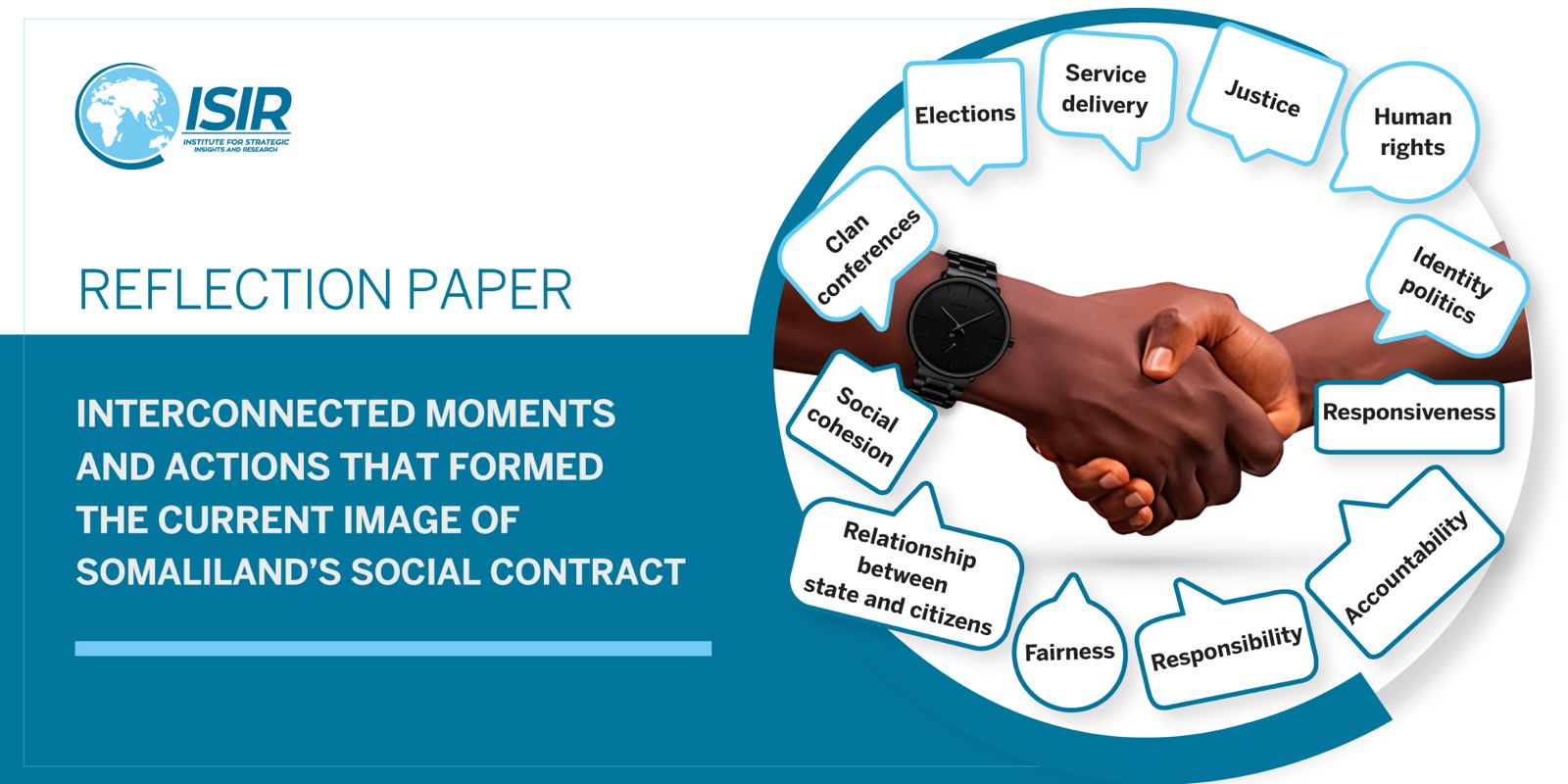As the gloved fingers gingerly slide in the weapon into the barrel, the eyes squint at the imaginary dots that could mark out the slippery enemy lurking out there in the thickets.
Suddenly the night lights up. Two artificial stars hover high above the guns and the gunners, as if taunting the insurgents, wait for a chance to strike. And as the orange stars flood the area, the silence of the night is violated yet again by bursts of rapid gunfire. The staccato stops suddenly. Darkness reigns and there is a deadly silence.
Although all these manouvers take less than 30 seconds, it feels like eternity as the lethal missiles criss-cross the theater of conflict, illuminating their pathways on their mission to destruction like angels of death.
Suddenly, the heavens unloosen choreographed chaos sufficient to make the enemies quake in their cells. To append their signature in the unfolding script, the camouflaged machine gun also opens fire. A few kilometers away, four men cow in their cells.
This was quite some welcome for four outlaws from Tanzania captured in the heartland of Jubaland in Somalia. They were trying to adapt to a new life in a tiny cell very far away from the 72 virgins promised by their recruiters. Here, they were not martyrs but common criminals wanted for mass murder.
They were arrested in Jilib and transported more than 200 kilometers by their captors to Dhobley. Now, they are guests of the Kenya Defence Forces (KDF) and the Somali National Army, who are interrogating them.
They will later be handed over to the Judiciary in Jubaland to face justice for their role in the murderous campaigns perpetrated by Al Shabaab, the terror group they owe allegiance to. Back to the drills, the reverberations of the bombs and the machine gunfire were all over the place. The troops had to be in a state of high alert for they are dealing with a cunning enemy.
The man tasked with leading the Kenyan troops in Somalia and annihilating Al Shabaab in Jubaland, Brigadier Dickson Ruto, explains: “There are very many foreign fighters in this region. Shortly before Ramadhan celebrations, a young man from Kenya surrendered to us. There are many others from East Africa and beyond.”
Away from the cacophony created by Ruto and his troops in their campaign to rid Somalia of its ‘mad enemy’, a 34 year-old Somali soldier flinched in his hospital bed. But as the noise from the explosions eased, he was left with a painful itch in one of his legs.
Daudi Abdi, considers himself lucky to be alive. Three months ago, he was in a squad of Somali National Army soldiers when their vehicle hit an improvised devise which had been placed on a route they were using in their patrol. All he remembers is a thunderous explosion, an overturned vehicle and a searing pain in his right leg which was bleeding profusely. And then there was darkness.
Some of his comrades died. “I have been on this hospital bed for the last three months. I feel lucky because I can now stand up and walk slowly around the bed. My leg is still painful although the bullet which tore part of my foot has been extracted,” Abdi says through an interpreter. At his hospital bed is Dr Solomon Muriithi Wahome, the KDF’s consultant neurosurgeon.
Wahome says he has treated a lot of soldiers from Kenya and SNA as well as civilians at the referral hospital run by the KDF. But even in the ward, the deadly enemy has been known to sneak in at the most unexpected time, and so the scalpel and the bayonet are never far away.
No one knows which will be needed when. That is why Wahome and his colleagues have their guns at the ready, even when they are undertaking complicated surgeries. When we visited the facility, a doctor kitted in his pseudo shoes over his military boots and the theatre operation uniform is clutching an AK 47 rifle, his finger at the trigger ready for any eventuality.
Referral hospital The medical officer in charge of the military facility inside the Dhobley KDF command headquarters, JM Mnjalla, is also wielding a loaded rifle as he does his round in the wards. “Sometimes back, a patient was rushed into a local hospital in an ambulance.
As medics were preparing to receive him and save his life, the ambulance exploded. It was Al Shabaab disguised as a patient,” he says. Since February this year, Mnjalla says they have treated 85 patients, some of whom were soldiers blown up by explosives, but the majority being locals.
“Somalia’s healthcare is tattered. We are a referral hospital and we handle most of the cases. However, the most complex which require specialised treatment are referred to Nairobi where the patients are flown in African Union or KDF choppers,” Mnjalla adds.
In one of the wards, five year old Deko Abdi is coiled in his bed alone and sleeping. He is recovering from a rare case of cancer triggered by a prick from a poisonous thorn. His mother, Galan Abdi, is breastfeeding her youngest baby who is barely a year old from the next bed, which has been her home since May 8. “I do not know what I would have done.
At first I went to the public hospital at Dobley but I was referred here. He is responding well after he underwent some skin grafting and I hope to go home soon,” says Galan through an interpreter. According to the military doctors, the most common ailments afflicting both troops and locals are Al Shabaab inflicted gunshot injuries, hemorrhoid fissures, anal sphincters and skin problems.
Although the primary responsibility for Kenyan troops working in Jubaland is to wipe out Al Shabaab, Brigadier Ruto says he has to ensure that businesses and people are safe. “Our mandate’s strategic task is to see Somalia take over all state institutions by December 2021,” says Ruto.
Amisom Force Spokesperson Lt Col Charles Imbiakha explains: “Besides flushing out the insurgents, they are involved in renovation of schools, drilling of boreholes as well as road engineering.” At the end of the day, as the special representative of the AU Chairperson, Fransesco Jose Madeira explains, what matters is not the number of insurgents killed by Amisom troops.
“What is important to us is the number of Somalis won over so that normalcy can return. This is the only guarantee that when Amisom troops are withdrawn in the next one year, the country will be stable.” Supply routes Major General Nakibus Lakara, the man commanding all the 4,000 Amisom troops in Somalia, says it is difficult to completely wipe out the insurgents. In a bid to open up the regions under AU troops, Amisom is undertaking road engineering to create supply routes where there are none, expand roads and create diversions where Al Shabaab has been placing their explosive devices.
The road to the future for Somalia looks misty and bumpy but the UN, Amisom and indeed the whole world is optimistic that as early as next year, the war torn country will ultimately know peace.
Categories: Featured, Latest News













